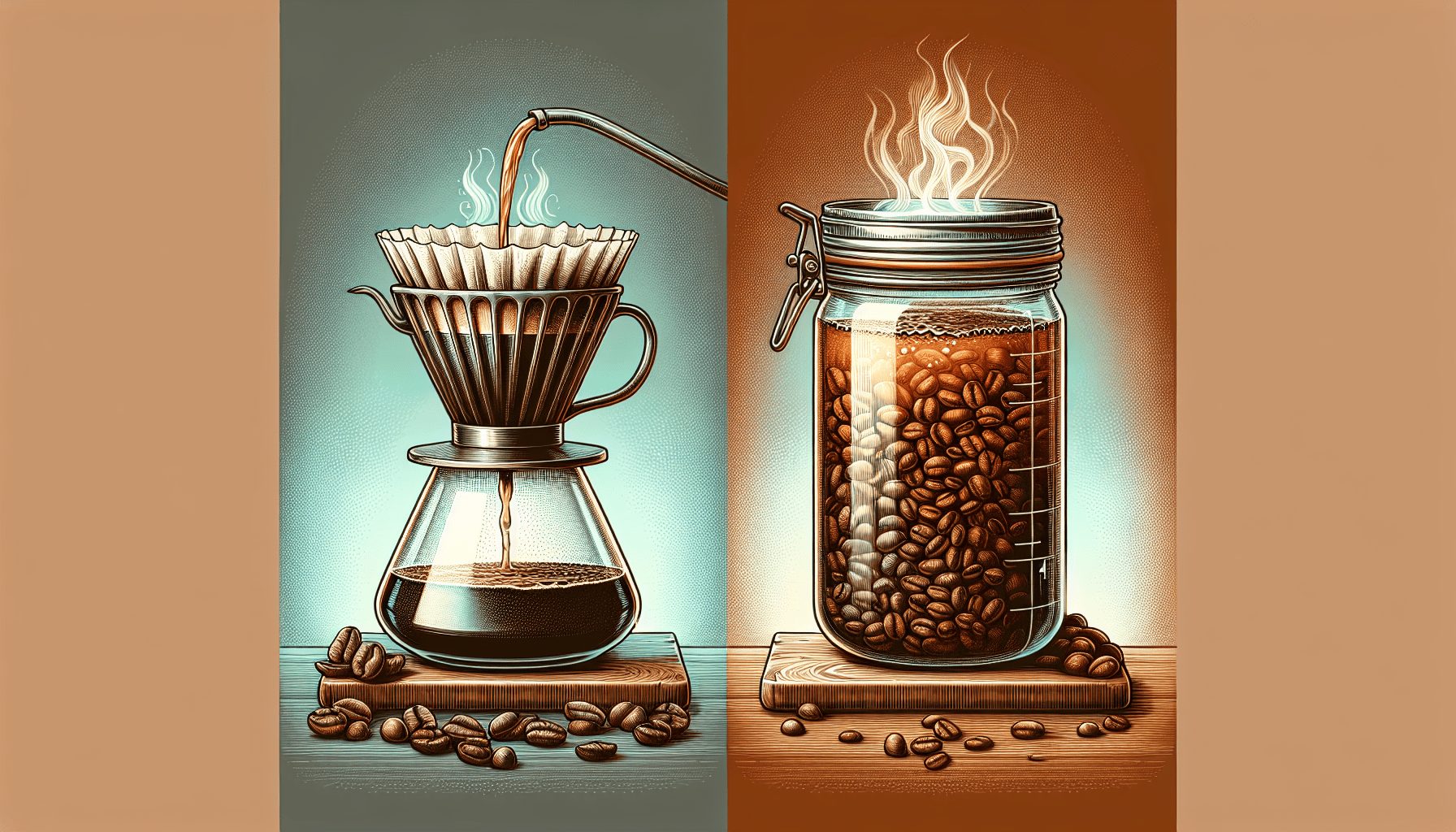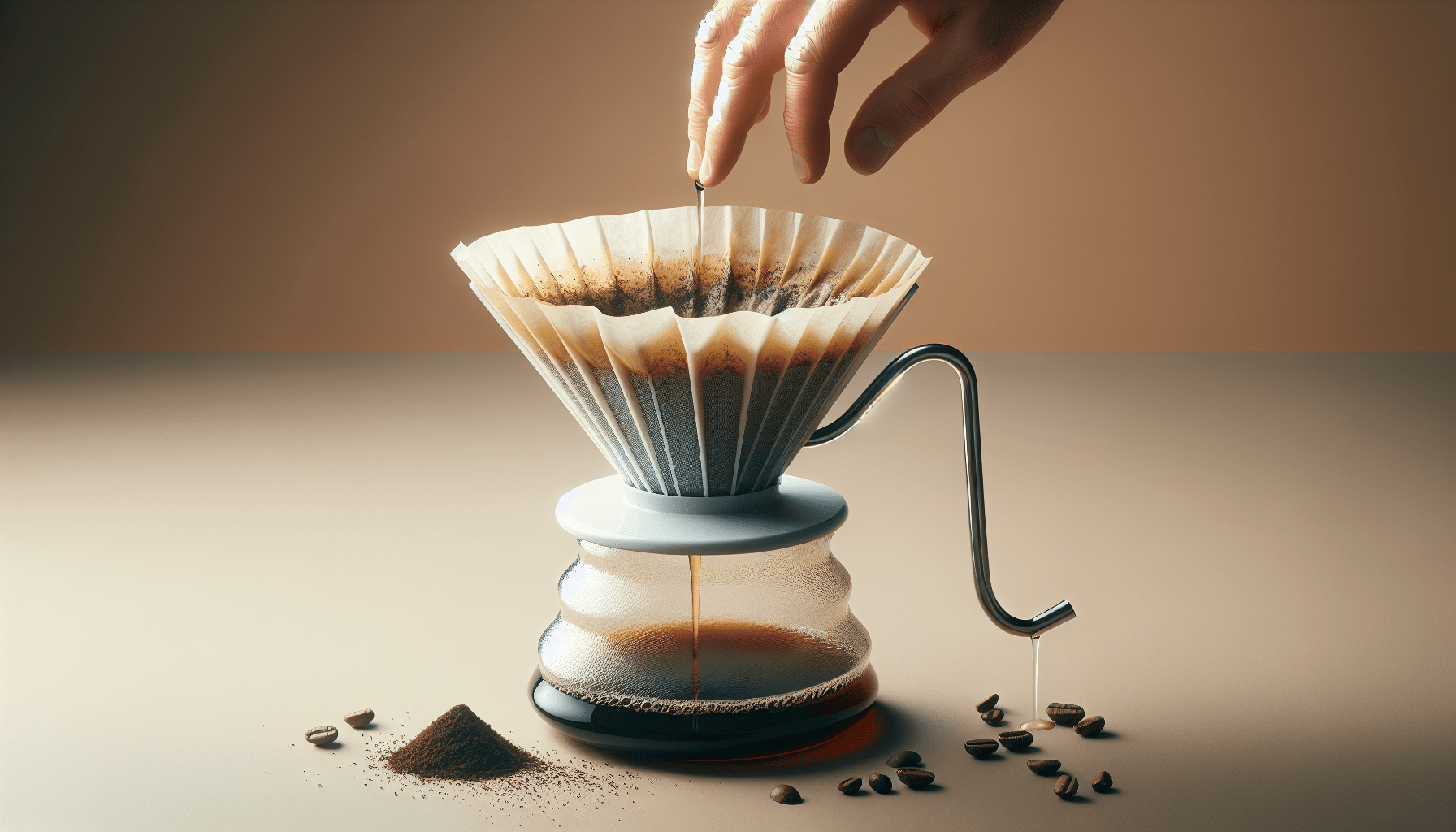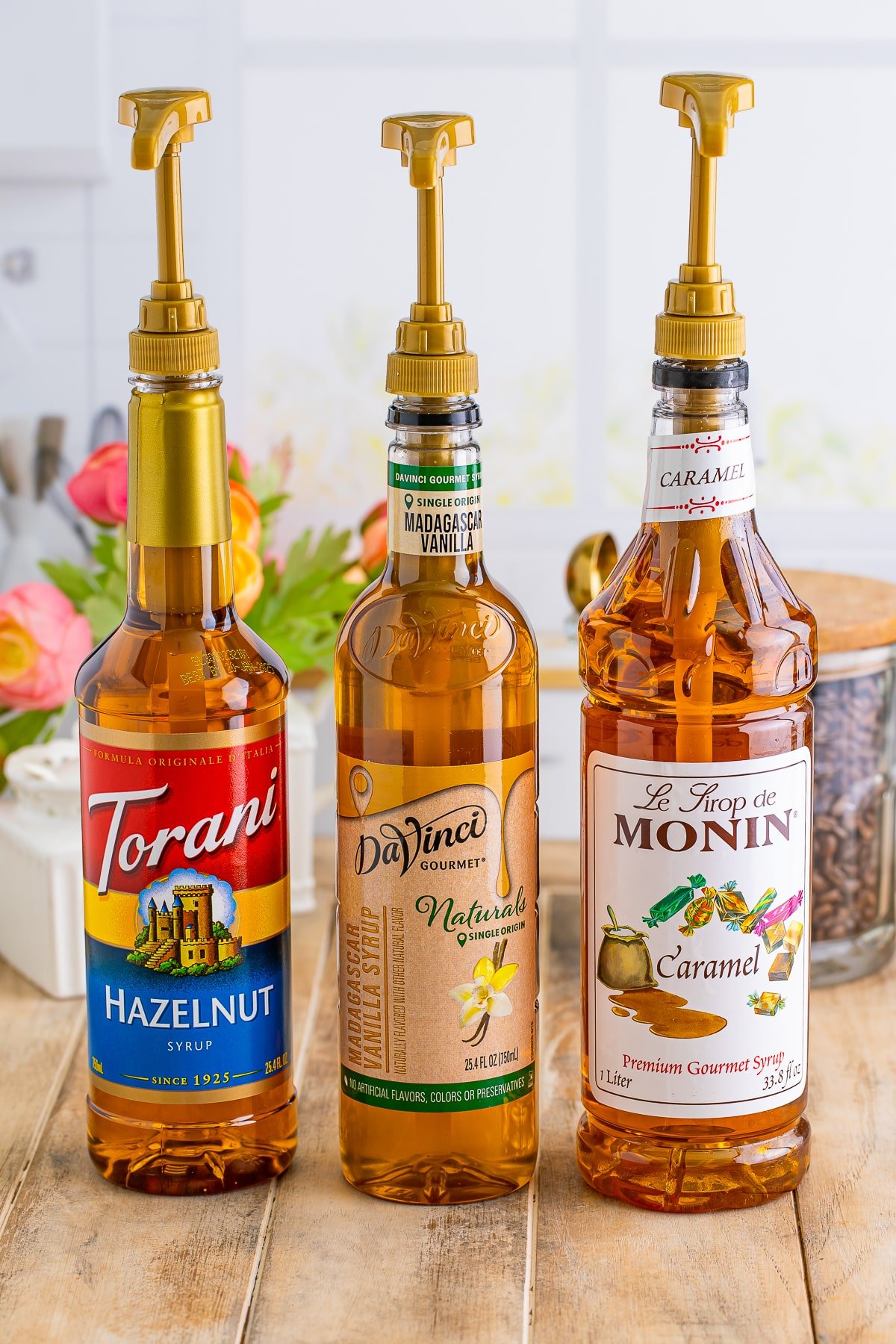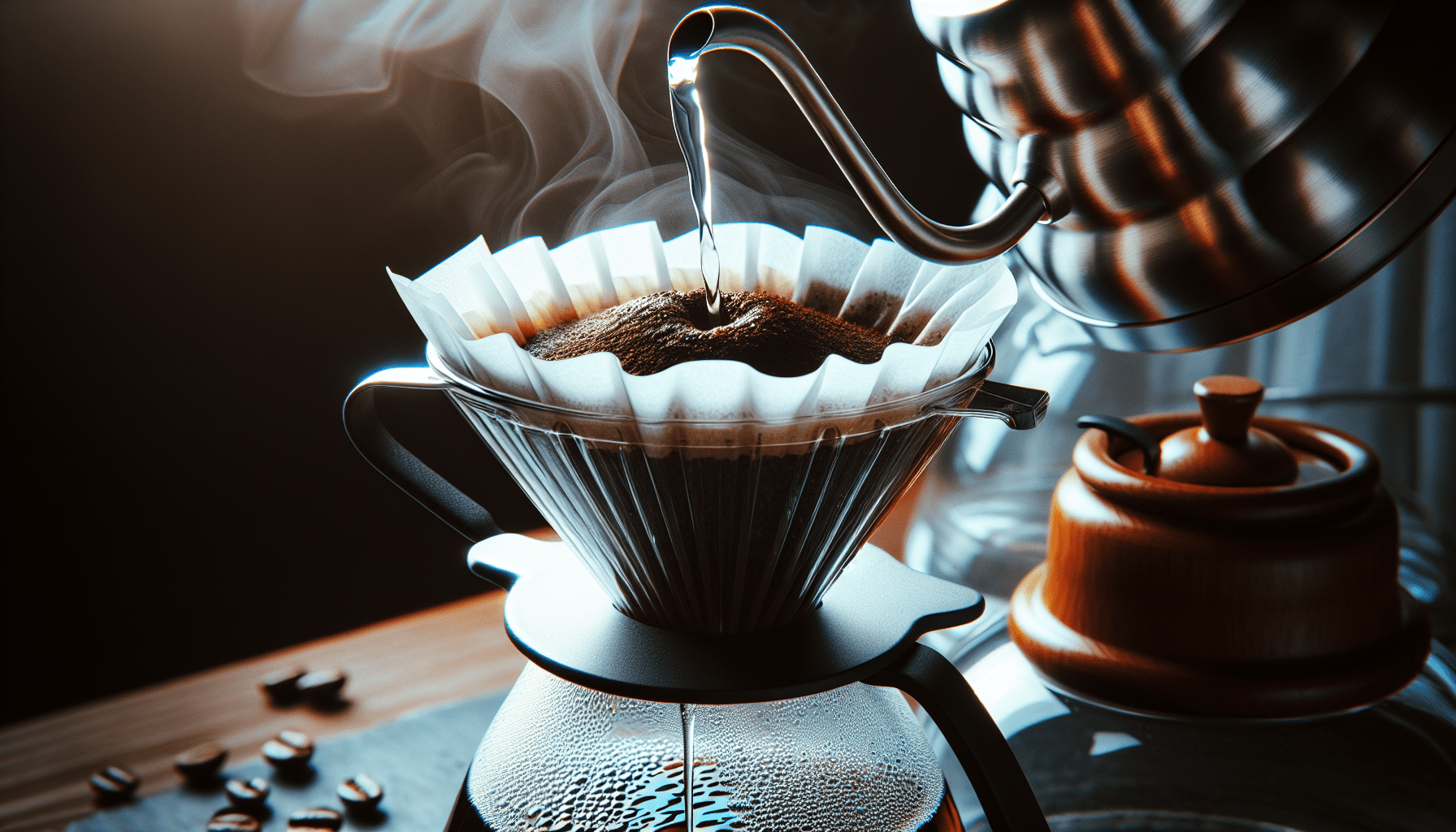If you’re a coffee lover looking to explore the world of cold brew, you might be wondering if you can use your trusty pour-over coffee maker to whip up a refreshing batch of this smooth and bold beverage. Well, the good news is that with a few adjustments, you can indeed use a pour-over coffee maker to make cold brew coffee. In this article, we’ll delve into the details of how to modify your pour-over method to create the perfect cold brew that will satisfy your caffeine cravings during those hot summer days. So grab your favorite brewer and let’s get started!
Overview
Definition of pour-over coffee maker
A pour-over coffee maker is a brewing device that allows you to manually brew coffee by pouring hot water over coffee grounds. It usually consists of a cone-shaped container, a filter, and a carafe or mug to collect the brewed coffee. This method is known for its ability to extract rich flavors and aroma from the coffee grounds.
Definition of cold brew coffee
Cold brew coffee refers to a method of making coffee by steeping coffee grounds in cold or room temperature water for an extended period, typically around 12 to 24 hours. The result is a smooth, less acidic coffee concentrate that can be diluted with water or milk. Cold brew coffee is known for its gentle extraction process that brings out the natural sweetness of the coffee beans.
Discussion on the possibility of using a pour-over coffee maker for cold brew coffee
While pour-over coffee makers are primarily designed for hot water extraction, it is possible to experiment with them for making cold brew coffee. However, there are significant differences between the brewing process, extraction time, coffee grind size, and water to coffee ratio between pour-over and cold brew methods. Therefore, using a pour-over coffee maker for cold brew requires adaptations and techniques to achieve a similar flavor profile.
Differences Between Pour-over Coffee and Cold Brew
Brewing method
Pour-over coffee involves pouring hot water over coffee grounds, allowing it to drip through a filter and extracting the coffee flavors. Cold brew, on the other hand, requires steeping coffee grounds in cold or room temperature water for an extended period without any hot water involved. The brewing method plays a crucial role in the taste and characteristics of the final coffee.
Extraction time
Pour-over coffee is brewed quickly, typically taking a few minutes. The hot water extracts the coffee flavors rapidly, resulting in a balanced and bright cup of coffee. In contrast, cold brew requires a long extraction time of 12 to 24 hours. This slow process extracts coffee compounds gradually, resulting in a smooth and less acidic coffee concentrate.
Coffee grind size
Pour-over coffee usually requires a medium-fine to medium-coarse grind size, depending on the brewing method and personal preference. This grind size allows for proper extraction while preventing over-extraction or clogging the filter. In contrast, cold brew coffee requires a coarser grind size. The larger grounds help prevent over-extraction during the long steeping process.
Water to coffee ratio
The water to coffee ratio in pour-over coffee is typically 1:15 to 1:17, meaning 1 gram of coffee is used for every 15 to 17 grams of water. This ratio achieves a balanced flavor profile. In cold brew coffee, the water to coffee ratio is higher, usually 1:8 to 1:10, meaning more coffee grounds are used to compensate for the prolonged extraction time and achieve a concentrated flavor.
Pour-over Coffee Maker Features
Components of a pour-over coffee maker
A pour-over coffee maker typically consists of several components. The most common design includes a cone-shaped dripper, a filter, and a carafe or mug to collect the brewed coffee. Some pour-over coffee makers also have additional features such as a valve to control the flow rate of water or a built-in scale for precision brewing.
How it works
To brew coffee using a pour-over coffee maker, you need to follow a specific process. Firstly, place a filter in the dripper and rinse it with hot water to remove any paper taste and preheat the dripper. Then, add the desired amount of coffee grounds to the filter. Next, slowly pour hot water, usually just below boiling point, over the coffee grounds in a circular motion. The water will extract the coffee flavors as it drips through the filter and collects in the carafe or mug.
Benefits of using a pour-over coffee maker
Using a pour-over coffee maker provides several advantages. Firstly, it allows for complete control over the brewing process, enabling you to adjust various factors such as water temperature, pouring technique, and bloom time. This control ensures consistency and customization of the final cup of coffee. Additionally, the pour-over method allows for excellent extraction of flavors, resulting in a clean and flavorful brew. Lastly, pour-over coffee makers are affordable, portable, and easy to clean, making them popular among coffee enthusiasts.
Cold Brew Coffee Preparation
What is cold brew coffee
Cold brew coffee refers to a brewing method that involves steeping coffee grounds in cold or room temperature water for an extended period. The resulting concentrated coffee extract can be diluted with water or milk to attain the desired strength and flavor. Cold brew coffee offers a smoother, less acidic taste compared to traditional hot brewed coffee.
Traditional cold brew method
The traditional cold brew method requires combining coarsely ground coffee and cold water in a container, usually at a ratio of 1:8 or 1:10. The mixture is then left to steep for 12 to 24 hours at room temperature or in the refrigerator. After steeping, the coffee grounds are filtered out, and the resulting concentrate can be stored and diluted to taste before serving.
Alternative cold brew methods
In addition to the traditional method, there are alternative ways to prepare cold brew coffee. Some methods include using a cold brew system, a Mason jar or French press, or adopting Dutch or Japanese-style cold brew techniques. These methods may involve variations in brewing time, grind size, water to coffee ratio, and filtering process, resulting in different flavor profiles.
Benefits of making cold brew coffee
Cold brew coffee offers several benefits compared to hot brewed coffee. The long steeping process extracts a smoother, less acidic coffee concentrate, making it easier on the stomach for individuals with sensitive digestive systems. The reduced acidity also enhances the natural sweetness and flavors of the coffee beans, resulting in a rich and mellow taste. Cold brew coffee can be enjoyed both hot and cold, making it a versatile option throughout the year.
Can You Use a Pour-over Coffee Maker for Cold Brew?
Explanation of why a pour-over coffee maker may not be ideal for cold brew
While it is possible to experiment with using a pour-over coffee maker for cold brew, it may not be the ideal method. Pour-over coffee makers are designed for hot water extraction, and the brewing process, extraction time, coffee grind size, and water to coffee ratio differ significantly from the requirements of cold brew. This mismatch may affect the taste, strength, and clarity of the resulting cold brew coffee.
Factors to consider
If you still want to try using a pour-over coffee maker for cold brew, there are several factors to consider. Firstly, the extraction time will need to be adjusted to accommodate the cold brew process. You may need to extend the steeping time beyond the typical hot brewing time to ensure proper extraction of flavors. Additionally, the coffee grind size should be coarser to prevent over-extraction during the extended steeping process.
Possible adaptations or techniques to make cold brew using a pour-over coffee maker
To adapt a pour-over coffee maker for cold brew, you can try a couple of techniques. One approach is to use a smaller amount of water and coffee grounds while steeping for a longer time, allowing for a concentrated cold brew. Alternatively, you can brew a stronger pour-over coffee concentrate using hot water and then dilute it with cold water or ice to achieve a cold brew-like experience.
Pros and Cons of Using a Pour-over Coffee Maker for Cold Brew
Advantages of using a pour-over coffee maker for cold brew
Using a pour-over coffee maker for cold brew has several advantages. Firstly, it allows for greater control over the brewing process compared to other cold brew methods. You can adjust the water to coffee ratio, temperature, and pouring technique to achieve the desired strength and flavor. Additionally, using a pour-over coffee maker provides a compact and portable option for making cold brew on the go. Lastly, if you already own a pour-over coffee maker, repurposing it for cold brew can be a cost-effective solution.
Disadvantages of using a pour-over coffee maker for cold brew
Despite the advantages, there are some disadvantages to using a pour-over coffee maker for cold brew. The main drawback is that it may not produce the same flavor profile as a dedicated cold brew method. The differences in extraction time, grind size, and water to coffee ratio may result in a slightly different taste and clarity. Additionally, using a pour-over coffee maker for cold brew requires adaptations and experimentation to achieve desirable results, which may not be as straightforward as using a dedicated cold brew system.
Alternative Methods for Cold Brew Coffee
Cold brew systems
Cold brew systems are specifically designed for making cold brew coffee. They often include features such as built-in filters, adjustable water to coffee ratios, and containers for storing and serving the cold brew concentrate. Investing in a cold brew system can simplify the cold brew process and provide consistent results.
Mason jar or French press method
Using a Mason jar or French press is a popular alternative method for making cold brew coffee. These containers allow for easy mixing of coffee grounds and water, and they come with built-in filters that can be pressed or strained to separate the coffee concentrate. While these methods require less specialized equipment, they still offer the benefits of cold brewing.
Dutch or Japanese style cold brew
The Dutch or Japanese style cold brew methods involve using specific equipment such as the Dutch coffee machine or the Kyoto-style cold drip tower. These methods use a slow drip process to extract coffee flavors over several hours. The resulting cold brew is known for its delicate and nuanced taste, making it a favorite among coffee enthusiasts.
Toddy cold brew system
The Toddy cold brew system is a popular choice for making large batches of cold brew coffee. It utilizes a simple design consisting of a brewing container, a filter, and a carafe. The Toddy system employs a cold water soaking process that allows for thorough extraction of coffee flavors, resulting in a smooth and concentrated cold brew concentrate.
Tips for Making Cold Brew Coffee
Choosing the right coffee beans
When making cold brew coffee, it’s important to select the right coffee beans. Opt for beans with flavors that you enjoy and that are suited to the cold brew method. Single-origin beans or blends with notes of chocolate, nuts, or fruits often work well for cold brew.
Grinding the coffee
For cold brew coffee, a coarser grind size is necessary to prevent over-extraction and a bitter taste. Adjust your grinder to a setting suitable for cold brew or use a dedicated burr grinder. Consistent and uniform coarse grounds are key to a successful cold brew.
Water quality
Using fresh, filtered water is crucial for a clean and flavorful cold brew coffee. Avoid using tap water with strong odors or high mineral content, as it can affect the taste of your brew. The water-to-coffee ratio should also be adjusted to compensate for different water qualities.
Brewing time and temperature
Cold brew requires a longer steeping time compared to hot brewing methods. Start with a steeping period of 12 to 24 hours and adjust based on your preference. The ideal temperature for cold brew is room temperature or cooler, avoiding hot water to prevent extraction of undesirable flavors.
Storing and serving cold brew coffee
Once you have made your cold brew concentrate, store it in airtight containers in the refrigerator. Cold brew can last for up to a week without significant flavor degradation. To serve, dilute the concentrate with water or milk according to your taste preferences. Adding ice cubes or using a cocktail shaker for a refreshing iced cold brew is also an option.
Conclusion
Summary of the article
In summary, a pour-over coffee maker and cold brew coffee are distinct brewing methods with unique characteristics. While it is possible to use a pour-over coffee maker for cold brew, there are important differences in brewing method, extraction time, coffee grind size, and water-to-coffee ratio that need to be considered.
Final thoughts on using a pour-over coffee maker for cold brew coffee
Using a pour-over coffee maker for cold brew can be an interesting and experimental approach. It allows for greater control over the brewing process and offers a more portable option for making cold brew on the go. However, it’s important to be aware that the resulting cold brew may not have the exact flavor profile of a dedicated cold brew method. If you’re looking for a more traditional cold brew experience, investing in a cold brew system or exploring alternative methods might be a better option. Ultimately, it’s about personal preference and finding the method that suits your taste and brewing style.




